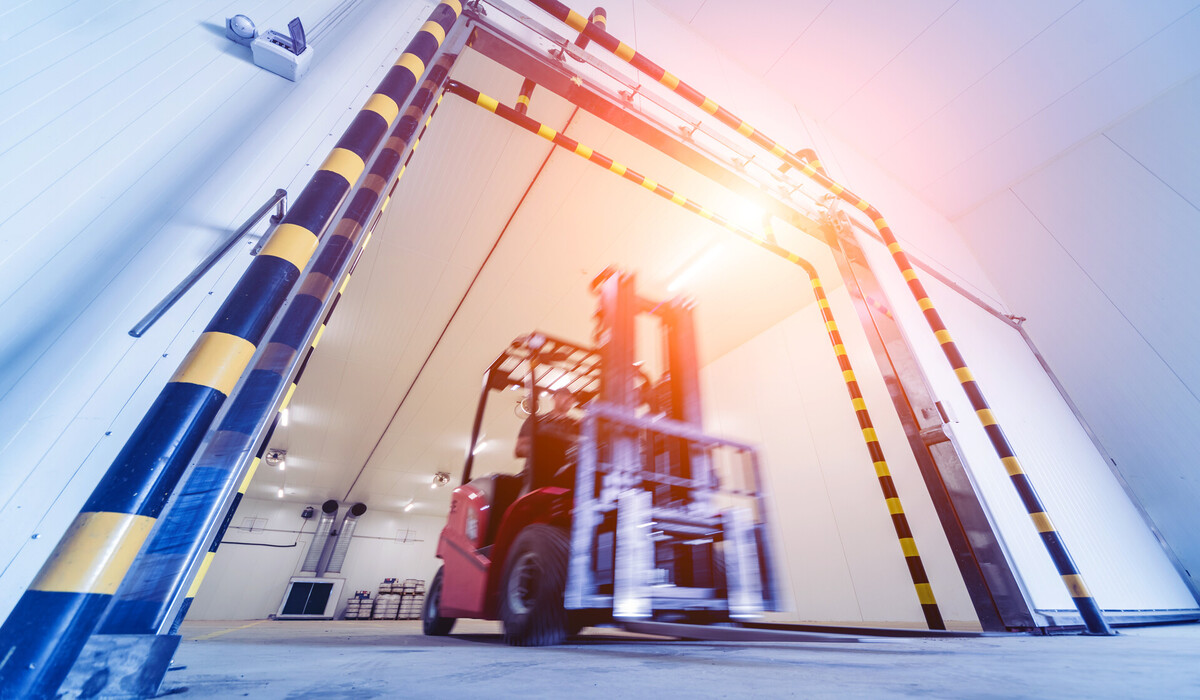Amid the rapid evolution of the global logistics and manufacturing landscape, the forklift industry is undergoing profound transformation. No longer merely a basic tool for warehouse handling, forklifts have become core equipment integrating new technologies, responding to environmental policies, and riding the wave of digital transformation. In e-commerce warehouses, smart factories, and traditional production lines, forklifts now represent intelligence, eco-efficiency, and high-performance operations rather than simple material transport.
How New Technologies Are Enhancing Traditional Forklifts
Autonomous Navigation and Operation
- Automated forklifts, powered by AI, sensors, and high-precision navigation systems such as SLAM, can perform autonomous transport and precise operations, reducing human error and improving efficiency.
- The global AGV/AMR market is projected to grow from USD 6.3 billion in 2022 to USD 13.2 billion by 2027.
Autonomous forklifts can operate 24/7 and optimize routes to achieve up to a 50% improvement in order fulfillment rates.
IoT Connectivity and Remote Monitoring
- IoT and remote monitoring systems enable real-time tracking of forklift status. Integrating GPS, RFID, sensors, and AI technology boosts both safety and operational efficiency. Predictive maintenance reduces downtime and repair costs.
- AI vision and computer vision—combined with radar, cameras, and intelligent algorithms—can instantly detect obstacles and personnel, proactively avoiding collisions and preventing accidents.
Electrification and Smart Battery Management
- Fully electric forklifts—particularly those using lithium-ion batteries—are replacing traditional fuel-powered models, offering eco-friendly, low-carbon operation with lower running costs and quieter performance.
- Lithium batteries charge quickly, deliver strong endurance, and support long-hour operations for higher productivity.
Application of Smart Technologies
- AR/VR training tools allow operators to simulate hazardous scenarios in immersive virtual environments, improving skills and safety awareness with minimal risk.
- Swarm robotics (AMR fleets) use shared data for coordinated operation, boosting handling efficiency and avoiding route conflicts.
- FOTS AR systems can automatically verify operational accuracy, achieving around 90% accuracy, outperforming single-instructor training efficiency.
Why Electric Vehicles Are Strong – The “Material” Tells the Story
Electric vehicles (EVs) are not just quiet and fuel-efficient—they have undergone major structural and material innovations to achieve goals of energy efficiency, range, safety, and sustainability.
Lighter Structures
While traditional cars use heavy steel, EVs favor lightweight materials such as aluminum alloys, carbon fiber, and ultra-high-strength steel to reduce total weight, consume less battery power, and extend driving range.
-Aluminum alloy: Lightweight, corrosion-resistant, used in body panels and chassis.
-Carbon fiber: Strong yet light, common in premium EVs.
-High-strength steel: Enables lighter builds with lower energy consumption and longer range.
Battery Upgrades
EV batteries are typically installed under the chassis, so their housing, frame, and partition materials are carefully selected. Aluminum or steel plates shield against impact, while flame-retardant and heat-insulating materials prevent overheating or fire.
More Scientific Heat Management
Batteries and motors generate heat during prolonged use, requiring efficient thermal conduction and cooling systems. Thermal gels and phase change materials (PCM) improve heat transfer.
Sustainability
Modern EV design emphasizes assembly efficiency and eco-friendliness, with more recycled and natural-source materials. Examples include recycled aluminum, eco-plastics, and natural fiber composites. Some interior panels use coconut shell or flax-based materials. Modular and easy-to-disassemble designs facilitate recycling.
Conclusion
As logistics and manufacturing evolve rapidly, the forklift industry is entering a new era of high intelligence and green transformation. Unmanned forklifts equipped with autonomous navigation and AI vision sensors can plan routes, avoid obstacles, and boost handling efficiency while drastically reducing human error.
The integration of these technologies not only enhances operational efficiency and safety but also accelerates the shift of warehousing and logistics toward smart, sustainable development—making forklifts an indispensable core asset in modern logistics and manufacturing.



.jpg)










.jpg)